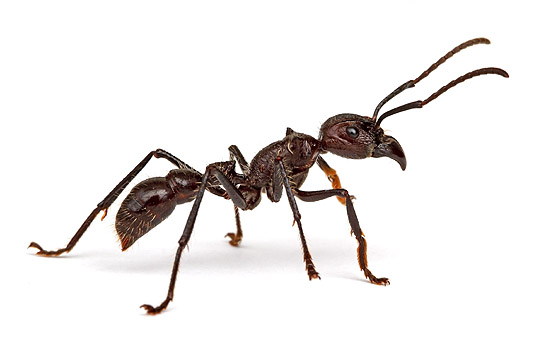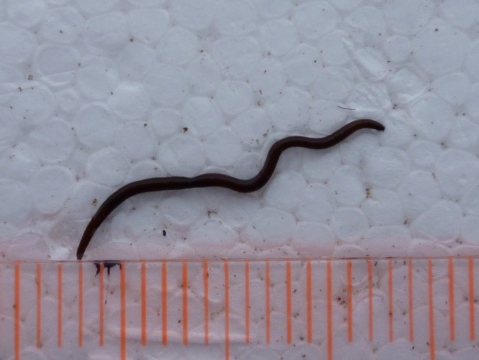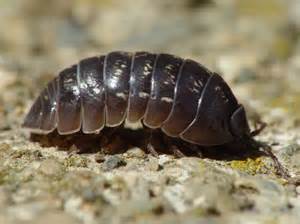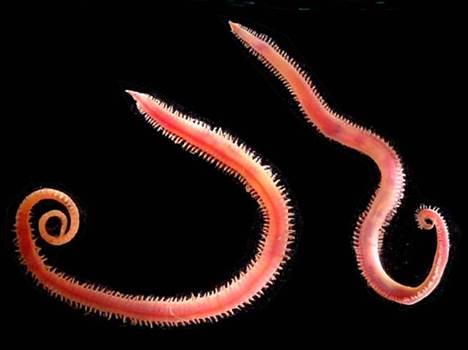Cicada (Cicadidae sp.)
They sat there, on the tower, these Trojan elders,like cicadas perched up on a forest branch, chirpingtheir soft, delicate sounds. –The Iliad, Homer. Cicadas belong to the Order Hemiptera, the true bugs, and most are in the family Cicadidae, with two species in the Tettigarcidae. Hemiptera are different from other insects in that both the nymph […]
Cicada (Cicadidae sp.) Read More »




